Valtellina is undoubtedly one of the most iconic places in the entire Alpine region. Thanks to the beauty of its mountains and the many resorts that dot its entire territory, Valtellina is a land that offers so much to the traveler in all seasons of the year. Whether you want to go wild on the ski slopes of world-famous resorts such as Aprica, Livigno, Bormio or Santa Caterina Valfurva, or whether you want to find a corner of peace here among forests and peaks that reach over 4,000 meters, there is no shortage of things to do in Valtellina. Always a compulsory step between the two sides of the Alps, Valtellina is, however, much more than a sought-after destination for tourists who love the outdoors: among the streets of its villages framed by the grandeur of the mountains are preserved important traces of a very rich past that has its origins in ancient times. Here are ten must-see stops on your trip to Valtellina.
From Tirano to Sankt Moritz a true monument on rails travels every day. The Bernina red train is one of the most recognized symbols of Alpine tourism, so much so that it became a UNESCO World Heritage Site in 2008. The little red train belongs to the Rhaetian Railway and crosses the mountains from the Italian side to the Swiss side framed by wonderful views. In all, the Bernina Red Train’s journey covers 60 kilometers that are covered in about two and a half hours. Throughout the journey, you traverse a pristine environment of glaciers, forests and enchanted lakes. It is possible to travel non-stop along the entire route, or stops can be arranged along the way to visit the many places of interest encountered.
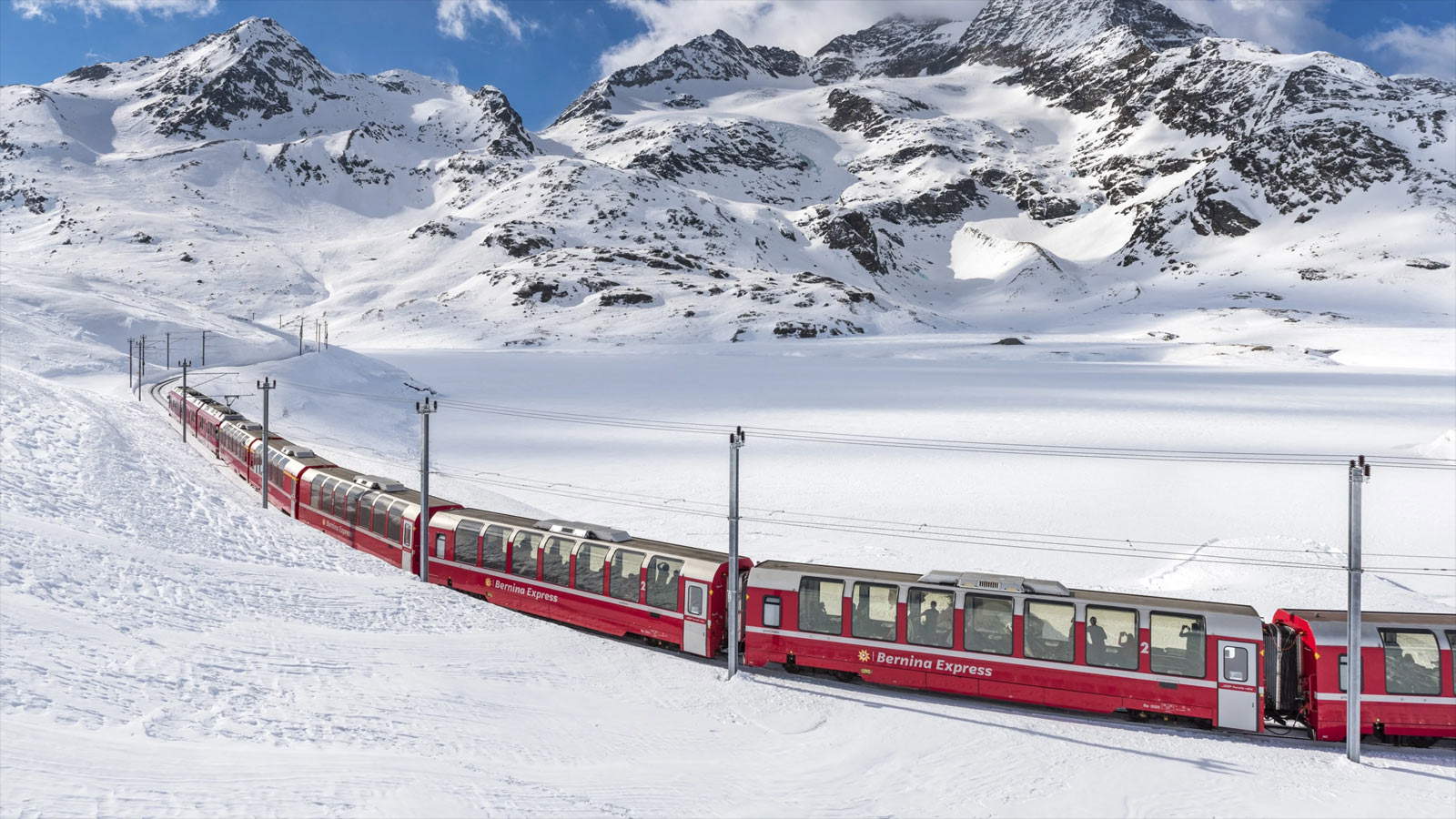
A mystical and highly symbolic place, the shrine of the Madonna of Tirano is located at the end of the Marian Way of the Alps, a route for hikers and pilgrims nearing completion that touches the various Marian shrines in the province of Sondrio. Located at the crossroads between Italy and Switzerland, the shrine of Our Lady of Tirano stands where, according to tradition, Mary appeared to a villager in 1504. Today, that of the sanctuary of the Madonna di Tirano is the most important example of Renaissance architecture in the Valtellina, and it has many fine sculptures inside that stand out in a richly stuccoed environment. The most valuable work, however, is the colossal 17th-century organ.

Ponte in Valtellina has always been one of the most important and liveliest centers of all these lands. Ponte is located between Sondrio and Tirano, at the mouth of the Val Fontana, and has very ancient origins. The traces of its history are still clearly visible in every corner of this town that proudly preserves a strong agricultural tradition, so much so that it is best known for its apples. Among the alleys and small squares, however, there is also no shortage of monuments and buildings of great interest, starting with the 16th-century church of the Madonna di Campagna or even the church of San Maurizio, where the Romanesque, Gothic and Renaissance styles merge. However, it is the entire historic center that enraptures the traveler’s imagination with its continuous mix of peasant courtyards and noble residences. TheGiuseppe Piazzi astronomical observatory is also definitely worth a visit.
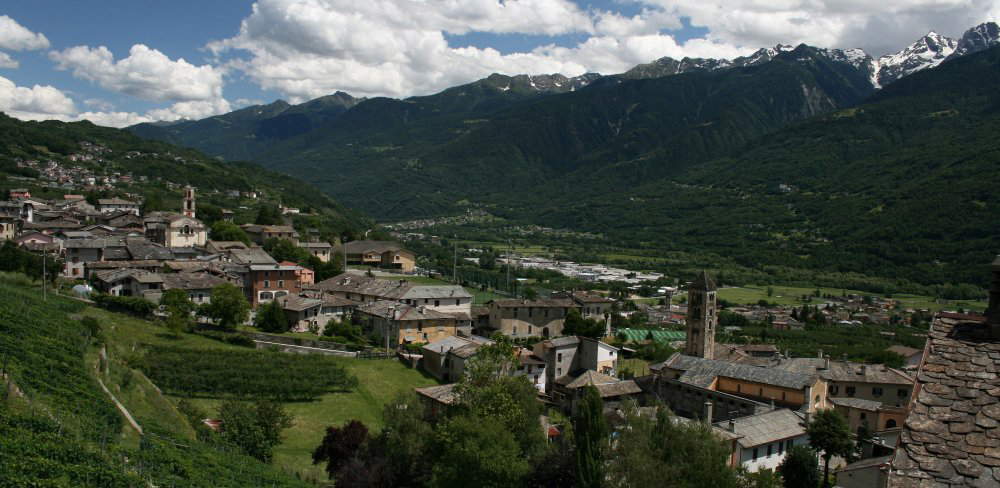
One of the most splendid jewels of the entire Valtellina is Palazzo Besta in the village of Teglio. It is a splendid Renaissance palace that preserves beautiful 16th-century fresco cycles on biblical, mythological and historical subjects inside. The ground floor of Palazzo Besta a is home to the Antiquarium Tellinum, an important collection of engraved prehistoric stelae that date back to the Copper Age, that is, the third millennium before Christ. These artifacts have been found since 1940 in various locations in the territory of Teglio. Prominent among the various finds on display is the Mother Goddess, a stele engraved with an anthropomorphic figure that is believed to have been a symbol of fertility.
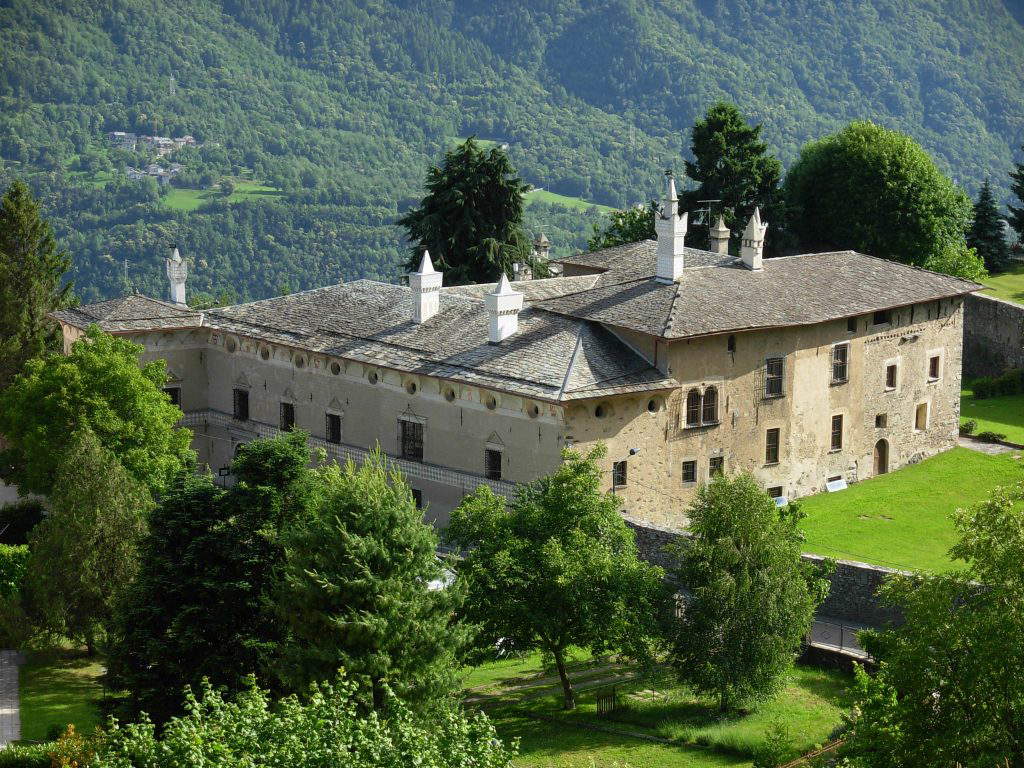
Nearly 1,000 meters above sea level, nestled among the waterfalls of the Bragagna Valley is the village of Savogno. This small ghost town during the winter is abandoned by all its inhabitants, who prefer to move to the valley and then return only in good weather. Reaching Savogno on the other hand is not easy since there is only one road, but it is a limited traffic road and to travel it you need to obtain a special pass from the municipality of Piuro, so all that remains is to climb up a steep mule track of almost 3,000 steps with the Acquafraggia waterfalls as a backdrop. After so much effort, however, the spectacle that will open to the traveler’s view is truly unique. In Savogno, time seems to stand still and, among the narrow alleys and cobblestone streets, it is really easy to get lost in one’s own thoughts while admiring the stone walls and ancient loggias of houses and huts.
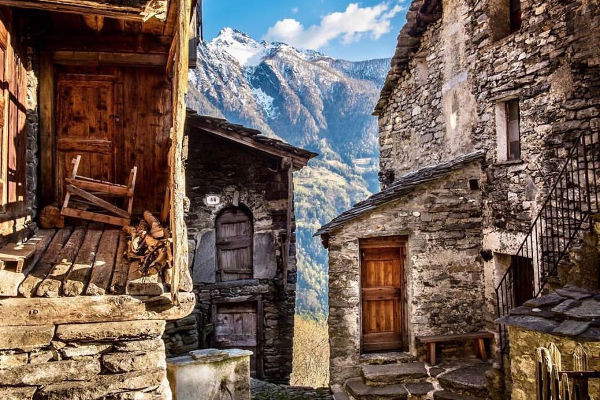
Over 130 thousand hectares of unspoiled nature in the heart of the Central Alps, the Stelvio National Park is one of Italy’s most famous national parks and the symbol of high altitude parks. Stelvio National Park is almost three-quarters of its size above 2,000 meters and even touches 4,000 with the summit of Ortles. Its forests and meadows are rich in great biodiversity and are home to as many as 260 animal species including golden eagles, bearded vultures, deer, ibex, marmots and hares. In addition to being a park with great scenery and lush nature, however, the Stelvio is also a place rich in history. The front of World War I ran here, and even today many traces of those tragic years remain in the form of military roads and mule tracks, trenches and villages.

Skiing, history and spas. All this is much more can be found in Bormio, one of the most popular destinations not only in Valtellina, but in the entire Alps. Bormio has so much to offer the traveler and, above all, can truly satisfy all tastes. Bormio is located in the heart of the Stelvio National Park and, in summer and winter, many hikes depart from here among enchanted forests and snow-capped peaks, but it is also a renowned ski resort with many kilometers of slopes. Bicyclists, on the other hand, can set out from here to conquer iconic passes such as the Stelvio, Gavia and Mortirolo, while if you are looking for more relaxed diversions, Bormio with its nine hot springs is the largest thermal park in the Alps and a destination for visitors from all over Europe since ancient times.

Straddling the municipalities of Grosio and Grosetto is the Rock Carvings Park, the most important evidence of the passage of the ancient inhabitants of Valtellina. More than 5,000 figures are engraved on the various rocks that make up the park, some of which are dated as far back as the fourth millennium BC. The most famous are certainly those found on the Rupe Magna, which preserves thousands of engravings of anthropomorphic figures, animals and still everyday objects. A short distance from the Rupe Magna, on the other hand, are the castles Nuovo and San Faustino, the former being characterized by its imposing fortified tower and the latter by its Romanesque-style bell tower.
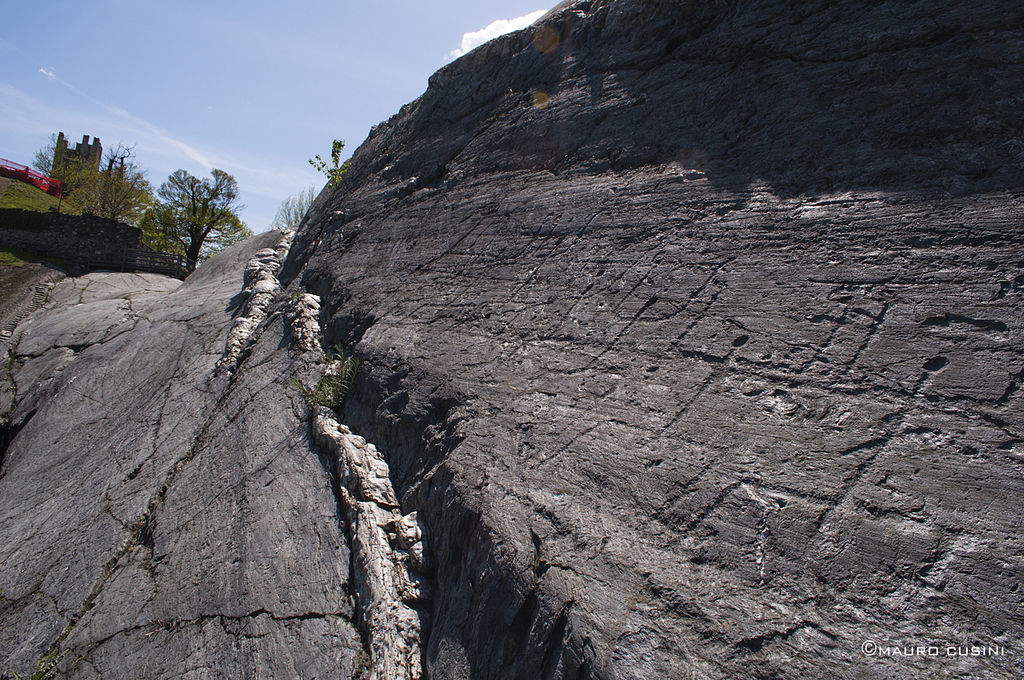
The former home of the aristocratic family, Villa Visconti Venosta is nestled in the greenery of a lush garden, now a public park, and in its many rooms it still preserves the rich period furnishings, as well as volumes, heirlooms and works of art that are part of Marquis Emilio’s collection. The palace’s rooms are also adorned with 18th-century frescoes with religious themes, while traces of a fresco dating back to the 15th century have been found on the northwest facade. Beyond the small and large masterpieces that can be found here, however, it is the villa as a whole with its understated elegance that deserves a thorough visit .

Say Livigno and immediately you can only think of its whitewashed slopes. Livigno on the other hand represents the ultimate for anyone looking for a vacation full of sports and fun. Livigno is one of the best known and most popular ski resorts in the entire Belpaese, but it is also a place that can offer much more to those who choose it for their vacations. There are so many excursions that can be made, in summer and in winter, among woods and slopes, but there are also so many clubs where you can go wild until late at night or relax with a hot chocolate in your hand in front of the magnificent alpine views. There is also no shortage of churches, palaces even a museum that tells the history and traditions of these places.

 |
| Valtellina, what to see: 10 places not to be missed |
Warning: the translation into English of the original Italian article was created using automatic tools. We undertake to review all articles, but we do not guarantee the total absence of inaccuracies in the translation due to the program. You can find the original by clicking on the ITA button. If you find any mistake,please contact us.